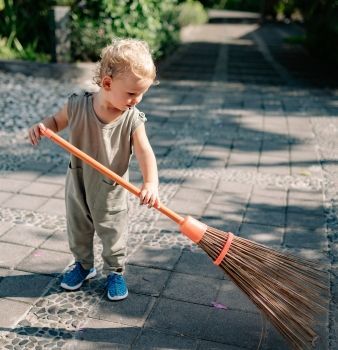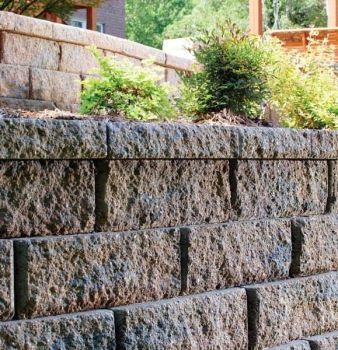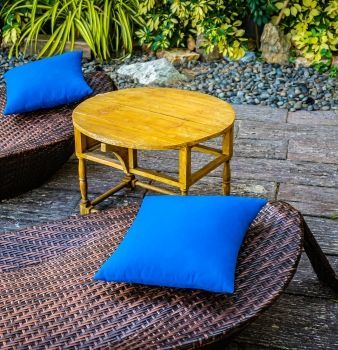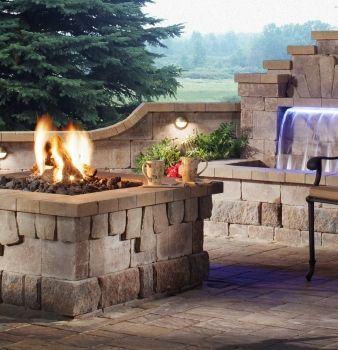CREATING A GREAT LOOKING HARDSCAPE
By Jeff Posted August 9, 2016


CREATING A GREAT LOOKING HARDSCAPE
By Jeff Posted August 9, 2016 In Blog
Hardscaping offers a number of appealing options including anything from rustic stacked walls to a fully developed outdoor living space and kitchen. Once you’ve decided to create an outdoor space, it’s important to plan carefully to not only ensure you’re getting what you want, but to also not go over budget.
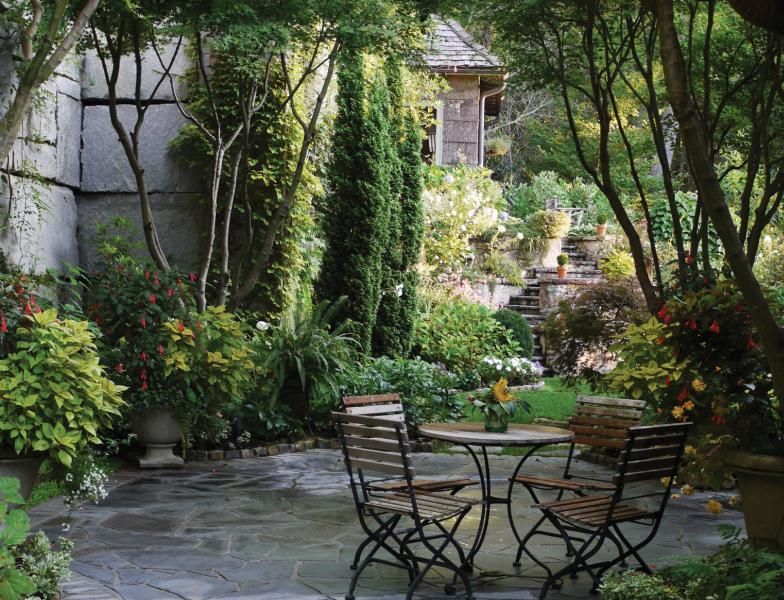
THINK ABOUT THE LANDSCAPING
Take into account the entire area that is available for hardscaping before you go into the design, even if it is just one space. At the very minimum, you should plan a design for the whole area or speak to a professional to create a design for you. If you don’t consider the entire site comprehensively, it’s as if you are building one room of a house and then a year later, a second room.
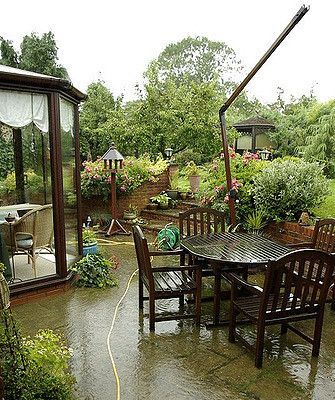
DIVE INTO DRAINING ISSUES
It is important to plan how the drainage will be affected when you place a wall or patio. There are also environmental considerations to be taken into account. For example, you should plan a runoff so you can capture the water and use it on site, instead of letting it hit that concrete and go down the drainage pipe.
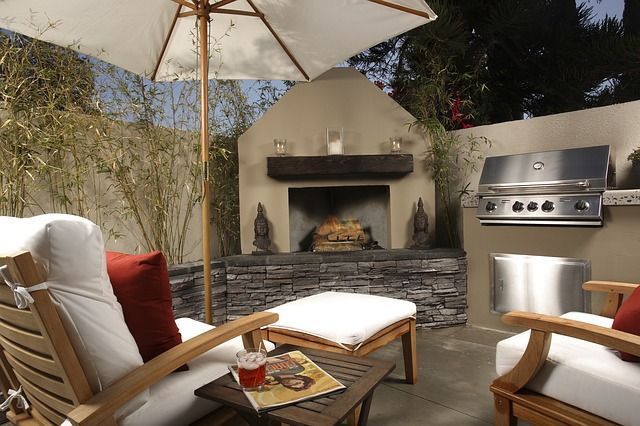
DEVELOP A FOCAL POINT
You want the eye to travel toward a destination by adding one or two visual elements that make you stop, either visual or literally. Something simple that could work in this regard is a weeping evergreen with an Oriental lantern.
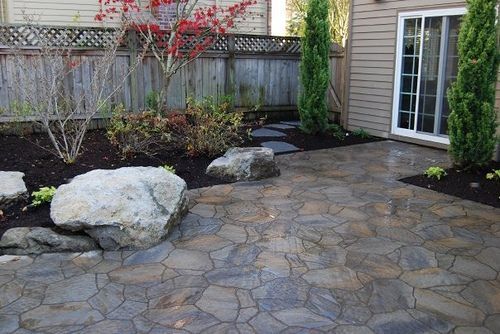
CHOOSE BALANCED ELEMENTS
Plopping a giant boulder down simply doesn’t work. To successfully use boulders in hardscape projects, you need to make sure they’re large enough to fit with the scale of the landscape, and bury them deep enough so they look like a naturally-occurring element. Additionally, too-linear elements can create the same unnatural feel. Putting in a straight or L-shaped sidewalk, or sticking a linear or rectangular patio on the back of the house without giving further thought to the natural lines of the space makes this look awkward. Try to include curves and shapes in a way that the hardscape elements transition gracefully into the rest of the landscape.

KEEP IT GREEN
You will see those in the southwestern part of the country use stone or concrete in large spaces. This however is out of necessity. Take advantage of our climate and include ample vegetation in relation to hard surfaces. It’s important to keep a small space of grass too. This is a safer playing surface for children and a patch of turf will help cool down the landscape on hot sunny days.
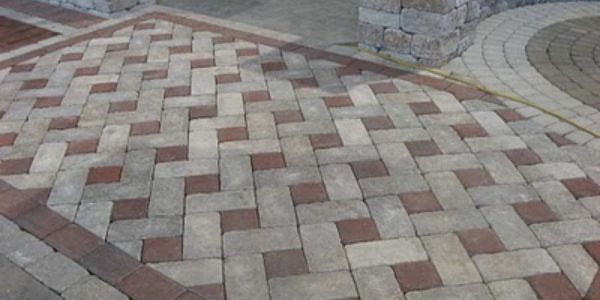
CHOOSE THE RIGHT MATERIALS
After selecting your style, choose a few materials that complement your home’s interior and exterior. You don’t want to have to look at a hardscape with all one color or material. Try to find two or three materials that are visually creative and coordinate not just with each other but with the interior and exterior of the house.
Keeping these things in mind will ensure your patio is a beautiful place for your friends and family to enjoy.
RECOMMENDED POSTS
